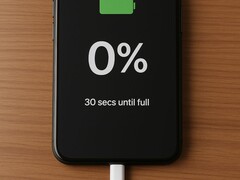A team of researchers at Monash University has developed a new carbon-based material that allows supercapacitors to store significantly more energy, overcoming a major limitation that has hindered their adoption in compact devices. The achievement — detailed in the journal Nature Communications — could usher in a new generation of energy storage devices.
Supercapacitors are known for their ability to charge and discharge extremely quickly. But they are notorious for their low volumetric energy density, meaning they store far less energy for their size compared to batteries. This Monash University research team solved this problem with a new material architecture called multiscale reduced graphene oxide (M-rGO).
The material is made from natural graphite using a rapid heat treatment process that forms a unique structure of highly curved and tangled graphene crystallites. The researchers made a counterintuitive discovery — the researchers found that this curved structure allows ions from the electrolyte to enter deep into the material's innerlayer spaces, a process they call “electrochemical interlayer expansion.” This means more surface area for energy storage.
The results were outstanding. When assembled into pouch cell devices, the new material recorded a volumetric energy density of 99.5 Wh/L, rivaling lead-acid batteries. It also demonstrated a high power density of 69.2 kW/L.
This discovery could allow us to build fast-charging supercapacitors that store enough energy to replace batteries in many applications, and deliver it far more quickly. — Professor Majumder.
The technology is now being commercialized by a Monash University spinout company, Ionic Industries, which is working with partners to bring the new material to market. If successful, we could see ultra-fast-charging devices that charge up in a matter of seconds.





























